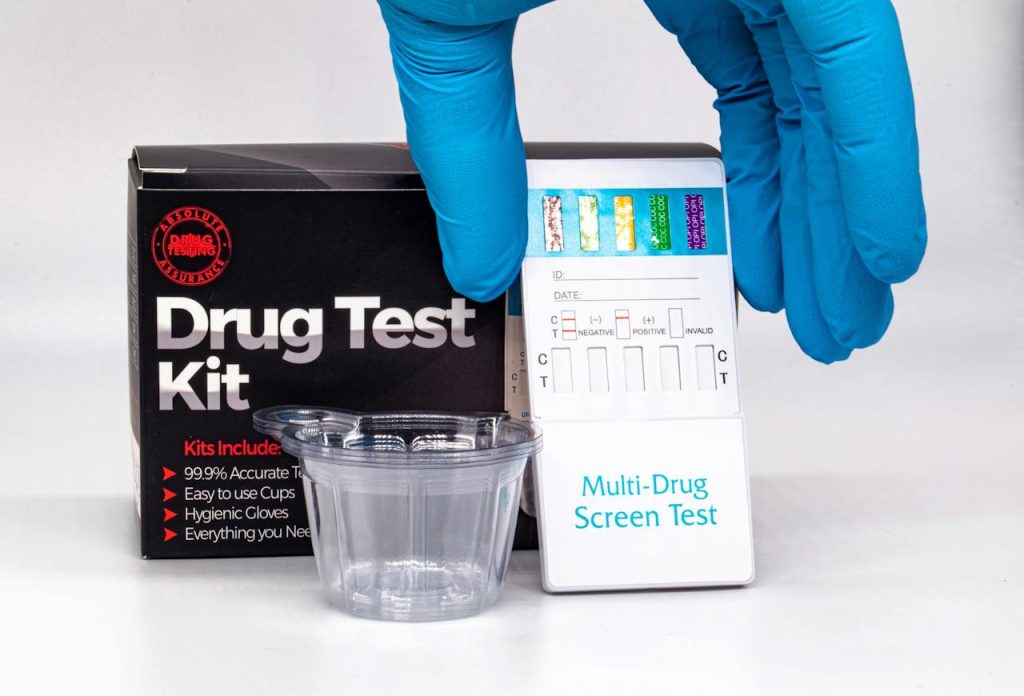THC Detection Times in Urine Chart

The duration a drug remains in the body is a variable influenced by factors such as dosage, age, weight, sex, and overall physical health. Individuals, whether using drugs illicitly or by prescription, often wonder, “How long will this drug stay in my body?” This query arises from a desire to gauge the duration of the drug’s effects, anticipate the onset of withdrawal, or ascertain the likelihood of passing a drug test. However, pinpointing an exact answer is challenging due to significant variability among individuals.
Factors Influencing Drug Duration
The time a drug persists in the body is not only determined by its type but also influenced by factors like dosage, the presence of other drugs, age, ethnicity, sex, weight, and the occurrence of medical conditions affecting drug elimination.
Consider the example of Xanax, where age, health, and ethnicity play a role, causing the drug to linger longer in certain individuals. Once ingested, the body initiates the process of metabolizing the drug, breaking down the molecule to facilitate its eventual elimination. The complex metabolism and elimination of substances like alcohol involve multiple enzymatic steps, illustrating the intricate nature of drug processing within the body.
Half-Life: A Crucial Metric
In understanding drug duration, the concept of half-life becomes prominent. A drug’s half-life, or elimination half-life, represents the duration for its concentration in the body to decrease by 50%. This metric, unique to each substance, depends on the balance between metabolism and excretion rates. Notably, the drug’s half-life relates to the duration of its effects, rather than the speed of onset.
Benzodiazepines exemplify the distinction between onset speed and half-life. This group, with its different onsets and durations, showcases how variations in drug administration routes may influence onset but not alter the half-life. Long-acting drugs with extended half-lives, like Valium, may remain detectable in drug screens for a more extended period than short-acting counterparts like Xanax.
Understanding a drug’s half-life also aids in predicting the emergence of withdrawal symptoms upon cessation. Drugs with shorter half-lives, such as heroin, prompt withdrawals sooner than those with longer half-lives, like methadone.
Testing for Cannabinoids
The body’s processing of THC, the active compound in marijuana, involves absorption into various tissues, metabolism by the liver, and excretion through feces and urine. THC stored in fatty tissues can be released into the bloodstream over time along with THC metabolites in urine, impacting detection in drug tests.
The half-life of THC varies based on marijuana use frequency. Occasional users may exhibit a half-life of 1.3 days, while more frequent users could range from 5 to 13 days. Tetrahydrocannabinol detection methods also influence the window of detection, with THC blood test capturing THC for up to 12 hours, saliva tests for 24 hours and hair tests for up to 90 days.
THC Detection Times in Urine Chart
Among the various THC-on drug test, THC urine test stand out as the preferred choice for detecting marijuana use due to THC’s prolonged retention and high concentration in urine. The method of testing for cannabis urine, provides a robust and preferred means of identifying marijuana exposure, with detectability extending well beyond three weeks.
The concentration of THC in urine reflects the body’s ability to eliminate the substance over an extended period, making THC levels in urine a valuable tool in accurately determining marijuana use. As a result, many THC lab test prioritize urine samples, contributing to their widespread adoption in drug screening procedures.
Is THC Excreted in Feces
Over a period of five days, a substantial proportion, specifically 80-90%, of THC undergoes excretion, mainly in the form of hydroxylated and carboxylated metabolites [21][95]. The excretion process involves a significant route through the feces, accounting for more than 65% of the total, while approximately 20% is eliminated through the urine. This complex metabolic journey provides insight into the dynamic pathways THC navigates within the body as it undergoes the elimination process.
Marijuana Use Disorder
Contrary to common beliefs, marijuana can be addictive, leading to a marijuana use disorder in individuals who can’t cease use despite adverse consequences. Approximately 30% of marijuana users may experience some degree of marijuana use disorder, with an increased risk for those starting use before age 18.
In conclusion, factors like age, weight, and drug type play pivotal roles during drug tests. The concept of half-life aids in predicting impact duration and withdrawal onset. Notably, urine tests, with their extended window of over three weeks for THC detection, stand out as the preferred method for identifying marijuana use. So, when it comes to dealing with this stuff, remember to keep it personal, stay informed, and take care of yourself. Stay informed, stay smart!



